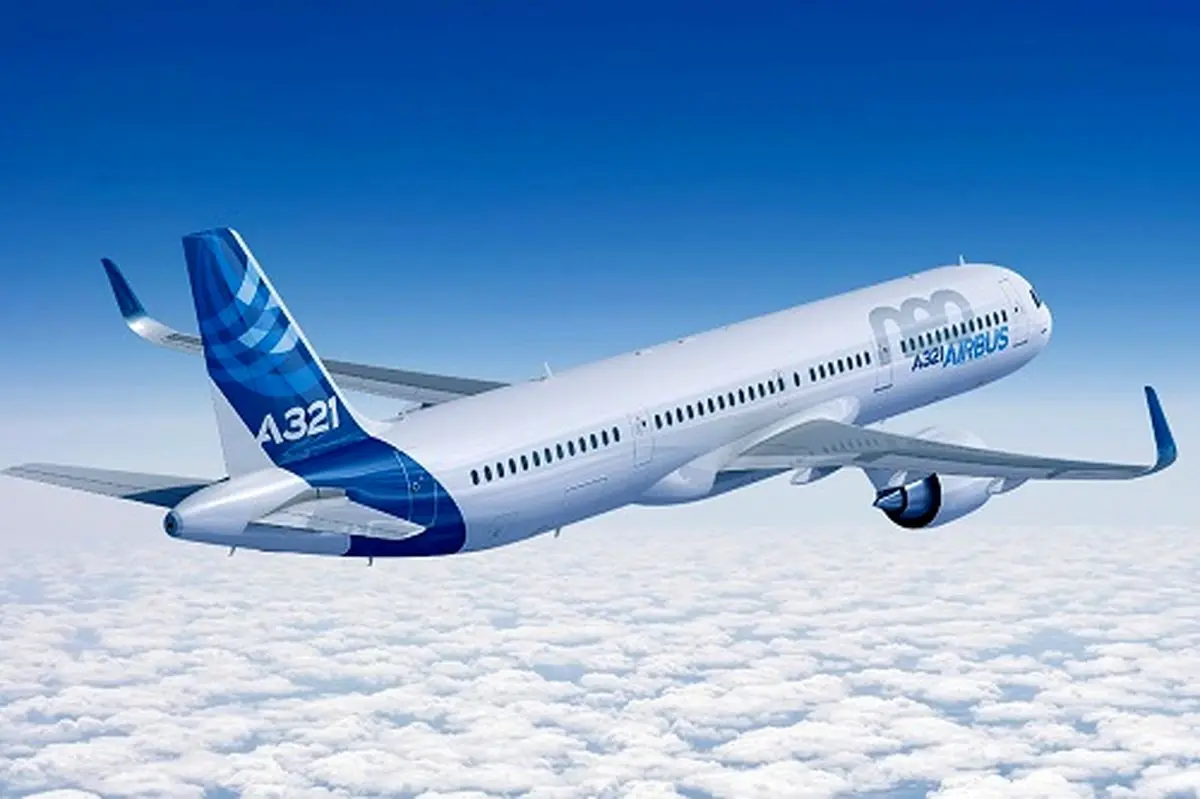Iran offers huge market for narrow-body jets

Iranian airlines are placing massive orders for short- to medium-haul passenger planes, indicating Iran is a huge market for narrow-body jets.
So far, Boeing and Airbus have been the frontrunners, taking advantage of the opened up aviation market after the removal of sanctions early 2016, when a deal clinched months earlier between Tehran and world powers to settle a longstanding dispute over Iran’s nuclear program went into effect.
There are firm orders. Iran Air has ordered 46 jets from Airbus A320 family and 50 of Boeing 737Max. Iran Aseman Airlines has purchased 30 B737Max jets, with the option of adding 30 more.
Memoranda of understanding have also been signed—some confirmed by plane manufacturers and others announced only by the airlines inside Iran.
Qeshm Air and Kish Airlines say each have signed agreements to purchase 10 B737Max jets. Iran Air Tours has signed an MoU for 45 Airbus A320neos and Zagros Airlines has a similar deal with Airbus for 20 planes of the same type.
Iran Air has also ordered 20 ATR turboprop aircraft, with the option of adding 20 more.
The government has estimated that Iran needs 400-500 planes within the next 10 years, but the orders show single-aisle jets are in higher demand.
This must be the reason why manufacturers of regional jets have been travelling more frequently to Iran. Brazil’s Embraer, Canada’s Bombardier and Russia’s Sukhoi have all been in talks with airlines inside Iran.
Iran’s Qeshm Free Zone is in talks with the Montreal-based multinational aerospace and transportation company Bombardier Inc. to buy 10 planes. The free zone is planning to launch a new airline called Fly Qeshm.
Emrbaer has also been eying Iran. A presidential aide in Brazil was quoted by Reuters as saying in October last year that Iran is interested in buying 50 airliners from the Brazilian planemaker.
Frequency & Profitability
“We believe the E-Jets will work very well in the Iranian market and provide a full solution for airlines looking for profitable lift up to 150 seats in a world where frequency and profitability are increasingly intertwined,” Embraer told Financial Tribune via email.
Both Embraer and Sukhoi have organized events in Tehran where they showcased their products for Iranian carriers that are in dire need of modern fuel-efficient regional planes to cover domestic routes across the vast country.
“Iran has one of the biggest land masses across the Middle East so it stands to reason that narrow-body airplanes like the B737 and A320 will feature most from a sales campaign aspect,” Saj Ahmad, chief analyst at Dubai-based StrategicAero Research, told Financial Tribune.
“Intra-Iran domestic scene is one that all airlines want to play in for market share and they can only do that with new and fuel-efficient airplanes.”
He believes the reliability and robustness of the A320/A320neo and 737/737MAX families mean Airbus and Boeing will always end up winning a bigger slice of the pie compared to smaller players like Embraer or Bombardier.
That is “primarily because the economies of scale that their [Airbus and Boeing] airplanes bring, meaning that there is less of a business case to buy sub 150-seat airplanes,” he said, excluding SSJ100, whose lower capacity and size make flights more economical for such city pairs like Tehran-Isfahan or Shiraz-Yazd.
“On routes such as that, frequency is king, not capacity, that’s why smaller jets like the SSJ-100 would be perfect and would be far easier to fill, than say a 189-seat 737MAX8 or a 180-seat A320neo,” Ahmad said.
“The real challenge on the widebody front, where Iran Air has orders for A330s, A350s, 777-300ERs and 777-9s, is that the airline needs to launch new international gateways and expand organically.”
While the nuclear deal gives Iran a great opportunity to establish new trade links, he believes, there has been a very slow pace of development in terms of air links to new city pairs.
Ahmad said this has been choked by financial aspects in that Iran Air has struggled to get financing for its new airplanes–and without those jets, it can’t launch new routes.
END
